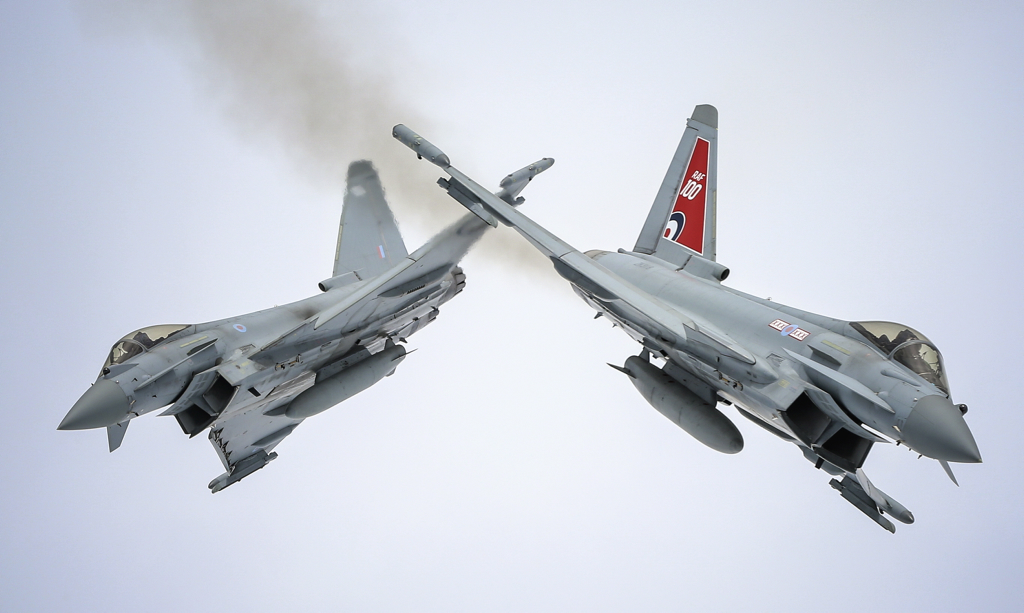This post examines prioritised defence missions for the British Army in the Integrated Review, using the following as a benchmark:
– Defence and resilience of the UK homeland and its overseas territories (including maintenance of the independent nuclear deterrent).
– UK contribution to NATO collective defence.
– Power projection in support of UK interests worldwide.
This is the fifth post in a series that considers prioritisation within UK Defence. Previous posts examined defence’s approach to prioritisation; priorities in past defence reviews; and how defence missions could be prioritised in the forthcoming Integrated Review.
Current Capability
Peter Quentin, a research fellow for Land Warfare at RUSI, argued that, for the British Army, 2015 SDSR was not about capability investment but rather government endorsement for a number of its long-term visions. These included operationalising the Land Joint Strike concept; returning to operating at divisional level and rebuilding readiness. Specifically, the review committed to a war-fighting division optimised for high intensity combat operations that could draw on two armoured infantry brigades and two new Strike Brigades to be able to deliver a deployed division of three brigades.
Today the fighting element of the British Army is administered by a three-star command – The Field Army. In addition to the Land Warfare Centre, the Field Army maintains three divisions: 1st (UK) Division, configured to deliver “light role excellence”; 3rd (UK) Division, the Army’s strategic land warfare asset, concentrating on continual combat readiness; and 6th (UK) Division that prepares and generates the Army’s information manoeuvre and unconventional warfare forces. It also includes 16 Air Assault Brigade, the Army’s airborne rapid reaction force.
At first sight, this structure appears to fit well with the prioritised defence missions. 1st (UK) Division’s capability aligns with homeland defence; 3rd (UK) Division contributes to NATO collective defence; and 16 Brigade covers off the power projection role. However, it is the size not the structure that is the issue. For example, is the maintenance of four fighting brigades to deploy a three brigade division essential or only highly desirable? Similarly, are four infantry brigades required for the defence and resilience of the UK homeland? Finally, can the UK afford to maintain two high readiness brigades or is it finally time to choose between 16 Brigade and 3 Commando Brigade (argued for in Prioritisation Post #4)?
While recognising that the land environment relies far more heavily on mass than all of the other operating environments, in the current resource-constrained situation faced by the Integrated Review, it is difficult to justify the Army’s existing fighting ORBAT against the prioritised list of defence missions above.
To that end, if teeth arm elements of the Field Army can be reduced, a light must also be shone on its information manoeuvre and unconventional warfare forces. For example, the Specialised Infantry Group’s role training foreign forces would struggle to fit into any of the prioritised defence missions. Furthermore, a smaller fighting footprint on the battlefield should prompt a commensurate reduction of combat support and combat service support force elements.
Future Capability
The Development Concepts and Doctrine Centre’s Joint Concept Note 1/17 – Future Force Concept identifies the following priority areas for land future force development:
– Developing interoperability to leverage the power of joint action through alliances and partnerships.
– Operating effectively in contested and degraded environments through cross-domain integration, information exploitation, agile command and control, freedom of action, and reversionary modes.
– Improving and developing visible, combined, joint, intra-governmental, inter-agency training and experimentation with a focus on urban-littoral environments.
– Creating flatter, faster, more resilient and agile command and control and battlespace management, enabling new ways of operating, including dispersal and rapid concentration, to enhance survivability.
– Better balancing quality and quantity to provide resilience in the face of attrition and to provide the combat mass (including examining the manned and unmanned balance) required to meet the challenge of future urban operations and reconstitution for war fighting at scale.
– Assuring force projection and sustainment, including adopting novel and responsive logistic support solutions to assure sustainment and resilience.






